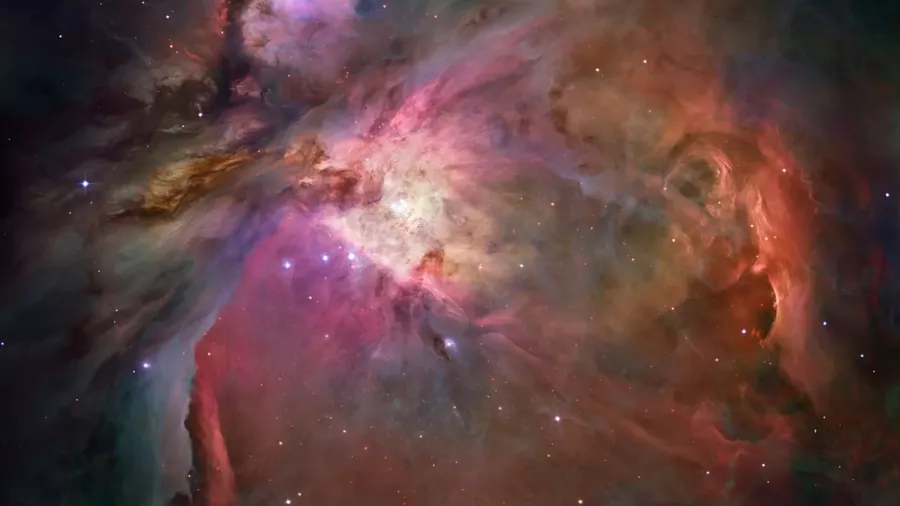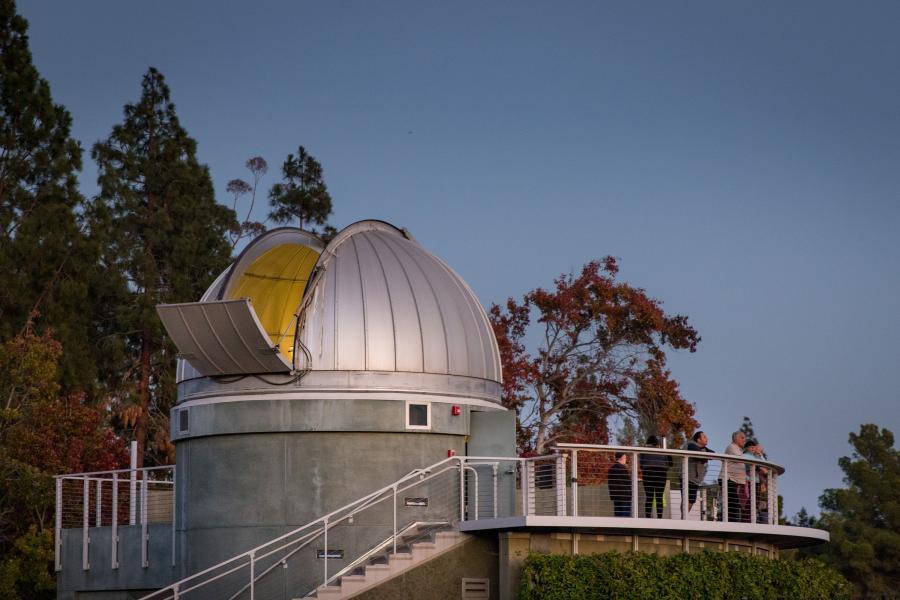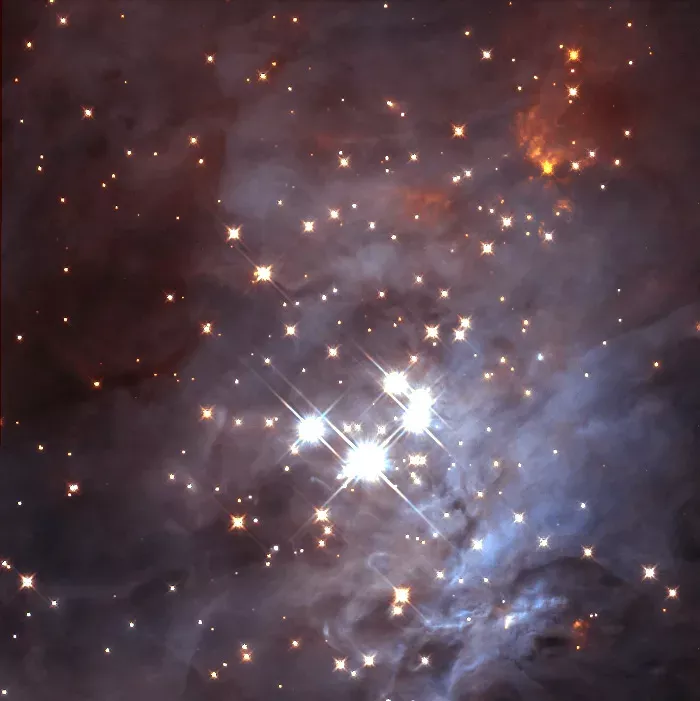Westmont News
Viewing Focuses on Jupiter, Orion Nebula

By
Scott Craig
This month’s Stargazing at the Westmont Observatory features Jupiter and its four Galilean moons as well as M42, the Orion Nebula, on Friday, Jan. 19, beginning after 6 p.m. and lasting for several hours. The observatory, home of the powerful Keck Telescope, is open to the public every third Friday of the month and held in conjunction with the Santa Barbara Astronomical Unit (SBAU) whose members bring their own telescopes to share with the public.

Free parking is available near the Westmont Observatory, which is between the baseball field and the track and field/soccer complex. To enter Westmont's campus, please use the Main Entrance off of La Paz Road after 7 p.m. The lower entrance off of Cold Springs Road closes to visitors after 7 p.m. Here is a map. In case of inclement weather, please call the Telescope Viewing Hotline at (805) 565-6272 to hear if the viewing has been canceled.
“The moon will be just beyond first quarter, resting near the Pleiades, and high enough in the sky for stunning views of its craters,” says Thomas Whittemore, emeritus instructor of physics and SBAU member. “Both the moon and Jupiter should be wonderful to view in Westmont’s 8-inch refractor telescope.”

A little closer to 7 p.m., stargazers will want to focus on M42 and the Trapezium, a stellar nursery in Orion with a collection of young blue-white stars. “It’s always a test of the quality of the night sky to see how many of the Trapezium are easily detectable,” Whittemore says. “Will we see just the four which dominate the group or will we be able to see a couple more?”
Whittemore encourages visitors to bring binoculars to the stargazing event to catch a view of one of his celestial favorites near the Hunter’s belt, Collinder 70. “This loose collection of bright stars will dazzle those lucky enough to bring along a pair of binoculars,” he says.
Nearby, viewers will want to look for Collinder 69, a bright collection of stars near the top of Orion’s head close to the double star Meissa. “This will be a wonderful grouping for those visitors who bring along binoculars,” Whittemore says.
Finally, the winter sky offers some of the gems of the Winter Milky Way, a river of stars now firmly in place in the Northeast. “The public will be able to take a journey of open clusters here: Messier 35 in Gemini and Messiers 36, 37 and 38 which dust the center of Auriga, the Charioteer,” Whittemore says. “A nearby moon will take some of the sparkle away, but these clusters are always showstoppers.”